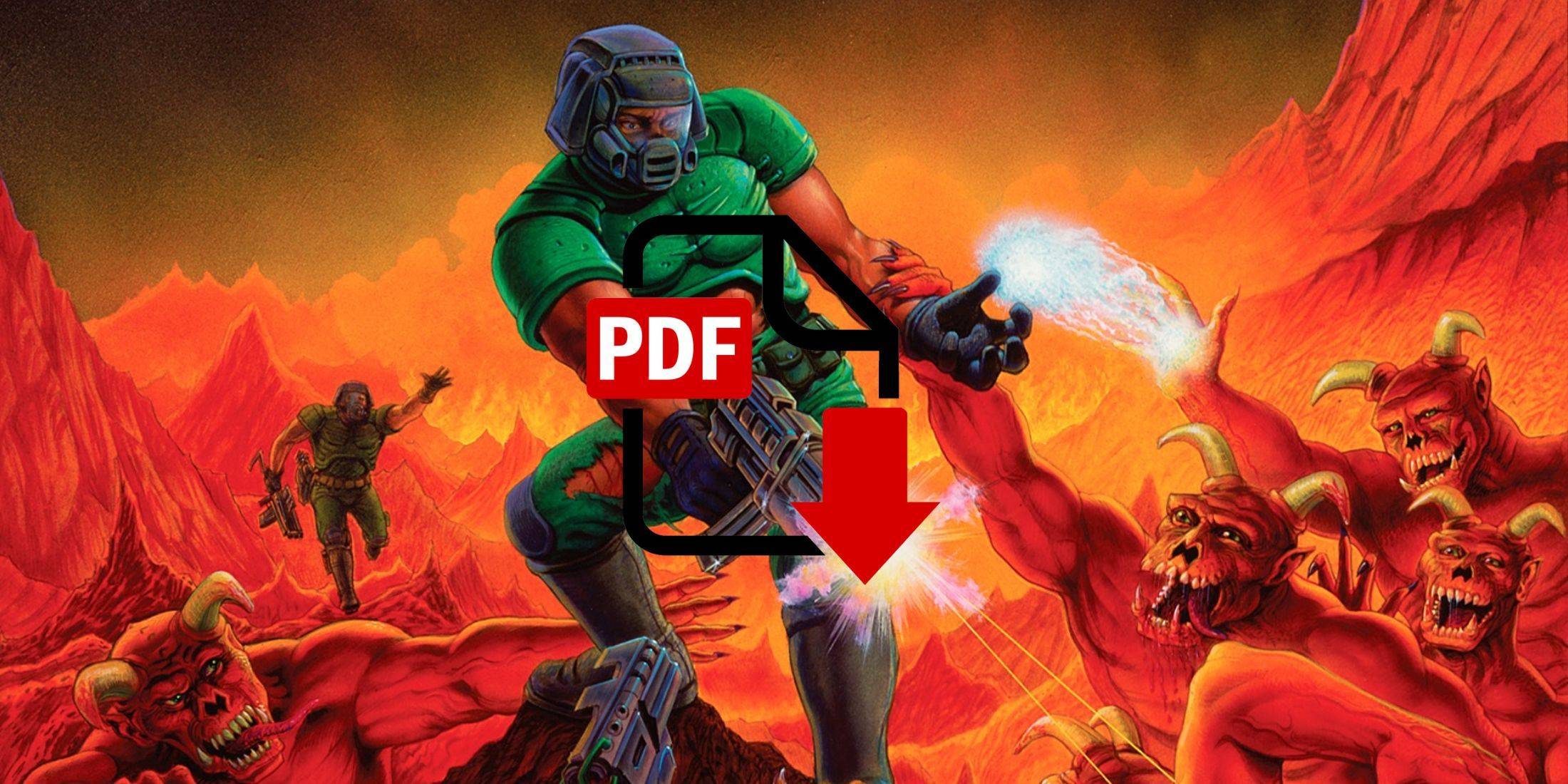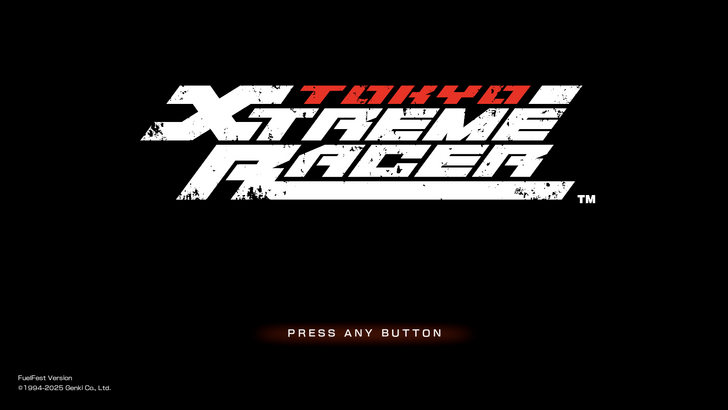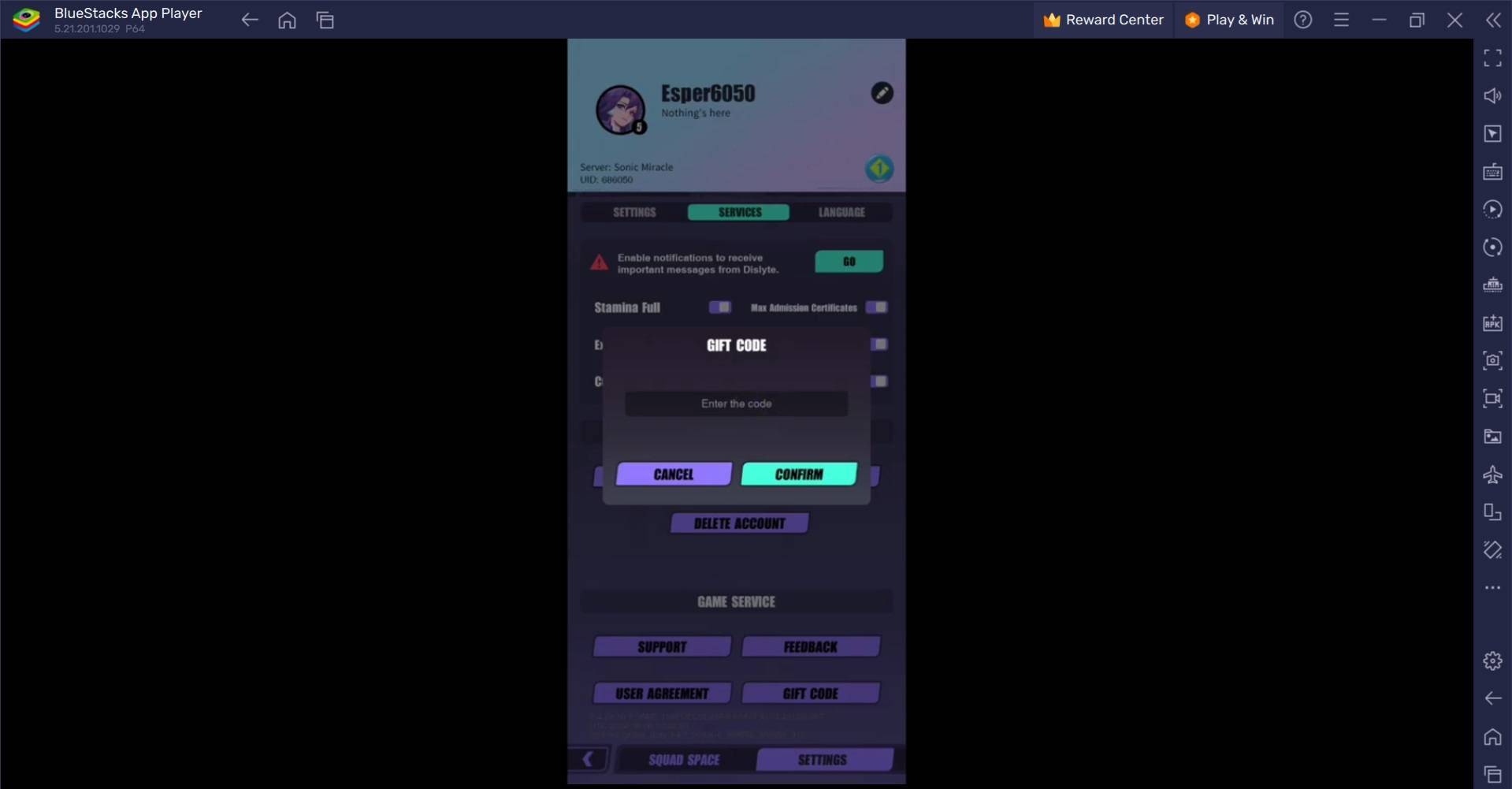
Doom's Unlikely PDF Port: A Testament to its Enduring Legacy
A high school student has achieved the seemingly impossible: porting the iconic 1993 first-person shooter, Doom, to a PDF file. While the result offers a notably sluggish, yet functional, gaming experience, it underscores Doom's remarkable adaptability and enduring popularity.
Doom's compact size (a mere 2.39 megabytes) has always been a contributing factor to its portability. This has led to a long-running trend of enthusiasts running the game on unconventional hardware, from refrigerators and alarm clocks to even other video games like Balandro. This latest feat, however, takes the cake.
GitHub user ading2210 cleverly leveraged PDF's JavaScript capabilities – including 3D rendering and HTTP requests – to bring Doom to life within the document format. However, the limitations of the medium are apparent. Instead of using individual text boxes for each pixel (which would be computationally impractical given Doom's 320x200 resolution), the port employs a single text box per screen row. This results in a significantly slower frame rate (around 80ms per frame) and a monochrome, soundless, text-free experience. Despite these drawbacks, the game remains playable.
This achievement, along with previous ports to devices like the Nintendo Alarmo, showcases the boundless creativity of Doom's community. It’s not about achieving optimal performance; it's about the sheer ingenuity and the ongoing exploration of possibilities. Over three decades after its release, Doom's continued relevance is a testament to its lasting impact on the gaming world. The future likely holds even more surprising platforms for this legendary game to conquer.
 Home
Home  Navigation
Navigation






 Latest Articles
Latest Articles










 Latest Games
Latest Games












